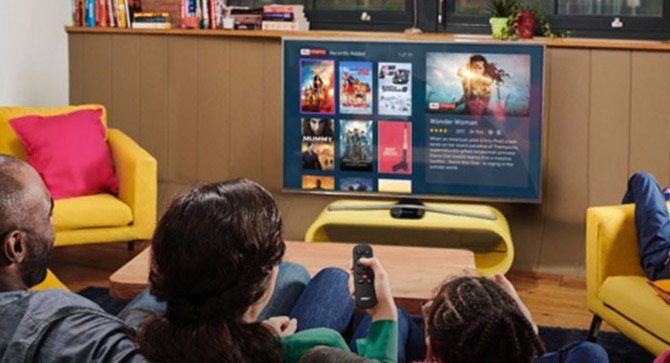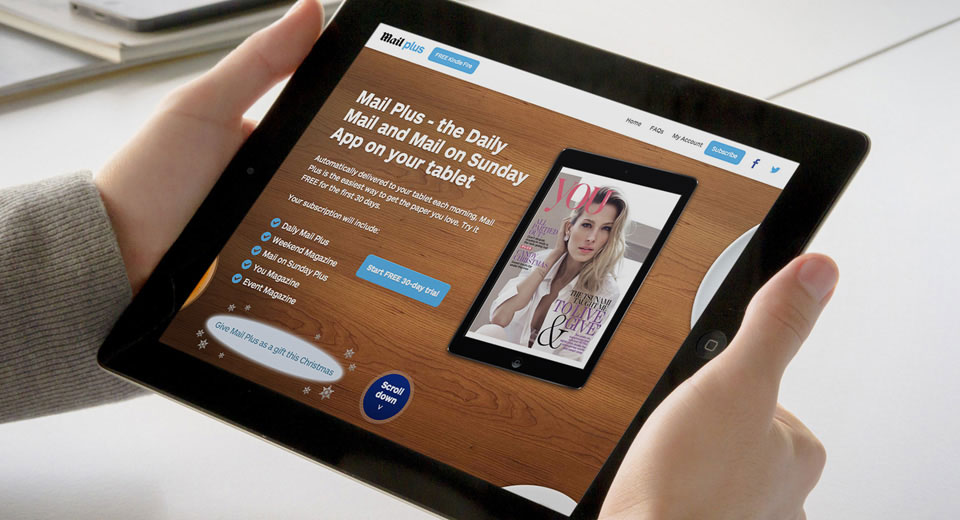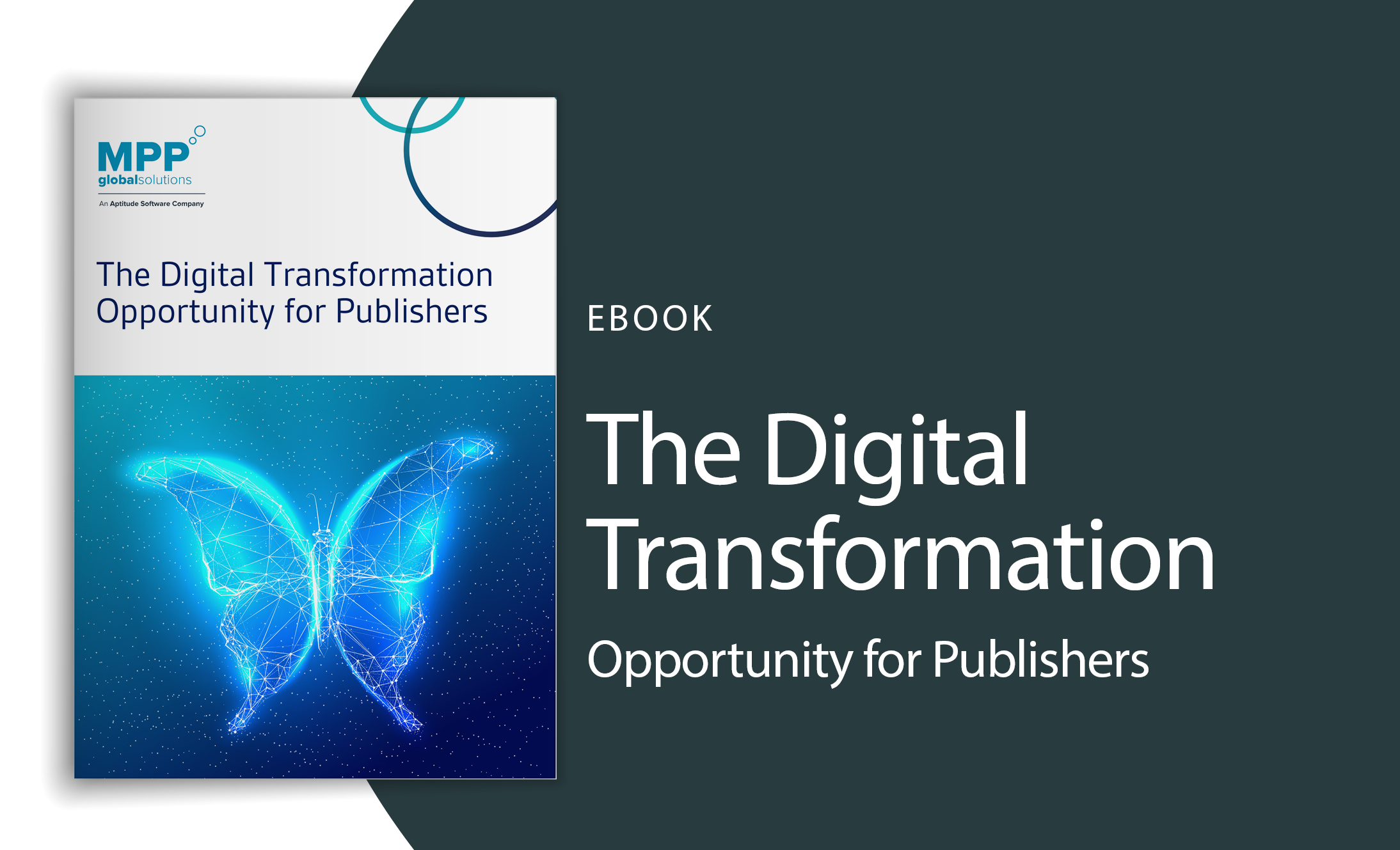Will Readers Pay? Yes!
Remember when everything on the Internet was free? It was possible to read magazines, newspapers, watch programs, and listen to music – all free of charge. Well these days are long gone. As the monetisation of the Internet continues, more and more digital media and entertainment companies are stepping into the domain of digital paywalls and payment solutions.
This is quite simply the evolution of business. With more available readers, viewers and listeners – it only makes sense to capitalise on this market. Particularly when the market is a proven consumer base who are still paying for hard copies of newspapers and magazines, music CDs, and movie and television DVDs. These people want their news and entertainment and it only makes sense to capitalise on the people doing this for the most part free-of-charge online.
It is this thinking and business strategy whichhas resulted in some price restructuring for the New York Times and Financial Times. It is also the thinking behind recent announcements from Mecom – the pan-European newspaper publisher with titles through-out Europe.
In fact in the case of Mecom, chief executive Tom Toumazis, announced last week that the company will be introducing digital pay models for its top 10 newspapers – the newspapers that provide around 85 per cent of the corporation’s revenue. To facilitate this move to a paid-for subscription and digital paywall system, Mecom is restructuring its business with staff cutbacks and business integrations. Toumazis says this will free up money that can be spent on developing its paid digital subscriber base.
Mecom has around 200 free newspapers and is slowly but surely closing these free titles and is focusing on only the titles that have a potential for revenue growth. With an already established digital subscriber base of 1.2 million people, the second idea is to use the data from these subscribers to help boost its paid subscriber base.
So is Mecom on the right track? Will its traditional readers be willing to make the shift to paying to read their daily newspapers online? Well, if we look to the New York Times and the Financial Times – the answer can only be: yes.
We alluded to the price restructuring of these two major newspapers earlier: the New York Times is raising its hard-copy prices by 25 per cent and the Financial Times is raising its prices by 13.6 per cent. This is an increase that is higher than the rate of inflation – and publishers aren’t worried.
In fact, this pricing restructure for the newstand and delivery newspapers is part of an overall strategy to drive traffic to its digital version. Think about these numbers: reading the Financial Times online is 21 per cent cheaper than the print subscription and 68 per cent less than the newstand price and the cheapest digital New York Times package ($15 US/month) is 40 to 50 per cent cheaper than the home-delivered version and 70 per cent cheaper than buying the paper at the newstand.
To help further encourage readers to pay for what they’re reading online, the Financial Times has reduced the number of free articles per month from 30 in 2007 to only four in 2012 and the extra hook is that readers much register for each story. This registration allows the Financial Times to collect super useful customer data that it can use to determine how to convert the free readers to paid readers.
The New York Times is likely the most popular of all newspapers when it comes to its paywall and digital subscribers. With a strategy that involves three key factors:
- Unique content:this newspaper provides a range of digital features including videos, slideshows, and advance previews of its popular Sunday magazine.
- Subscription options:paying $15/month or $35/month gets readers the same content.
- Strong partnerships:an allegiance with Apple has allowed the newspaper to be part of the early app development for the iPad, giving it an easy method of collecting subscriber data from the default app settings.
Gone are the days of content being “free” on the Internet. And with these two proven examples, it is obvious that readers are willing to pay for their online content – particularly when it is cheaper than buying the traditional newspaper. This is an active audience that companies like Mecom are hoping to capture and media corporations in Canada are also hoping to harness.
By hooking readers with free content, slowly cutting back on the amount of free content, raising the prices of hard copy newspapers, and by offering unique digital features – readers are not so much pushed as guided into the more cost-effective option. An option that is more cost-effective for both the publisher and the reader.
 us
us 






 Posted by MPP Global on
Posted by MPP Global on


